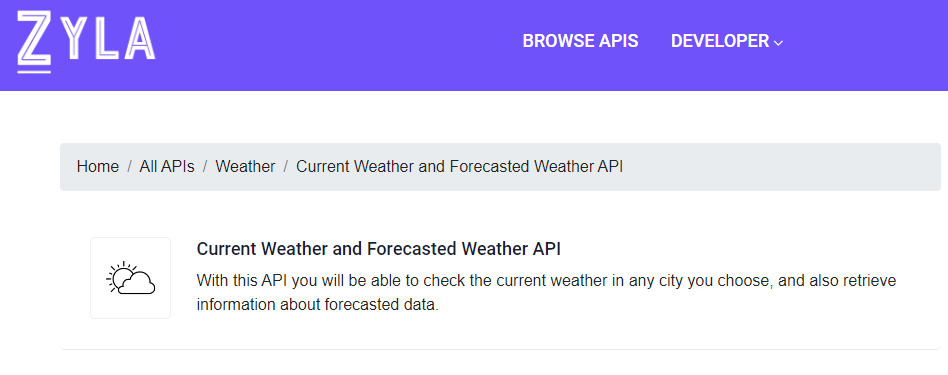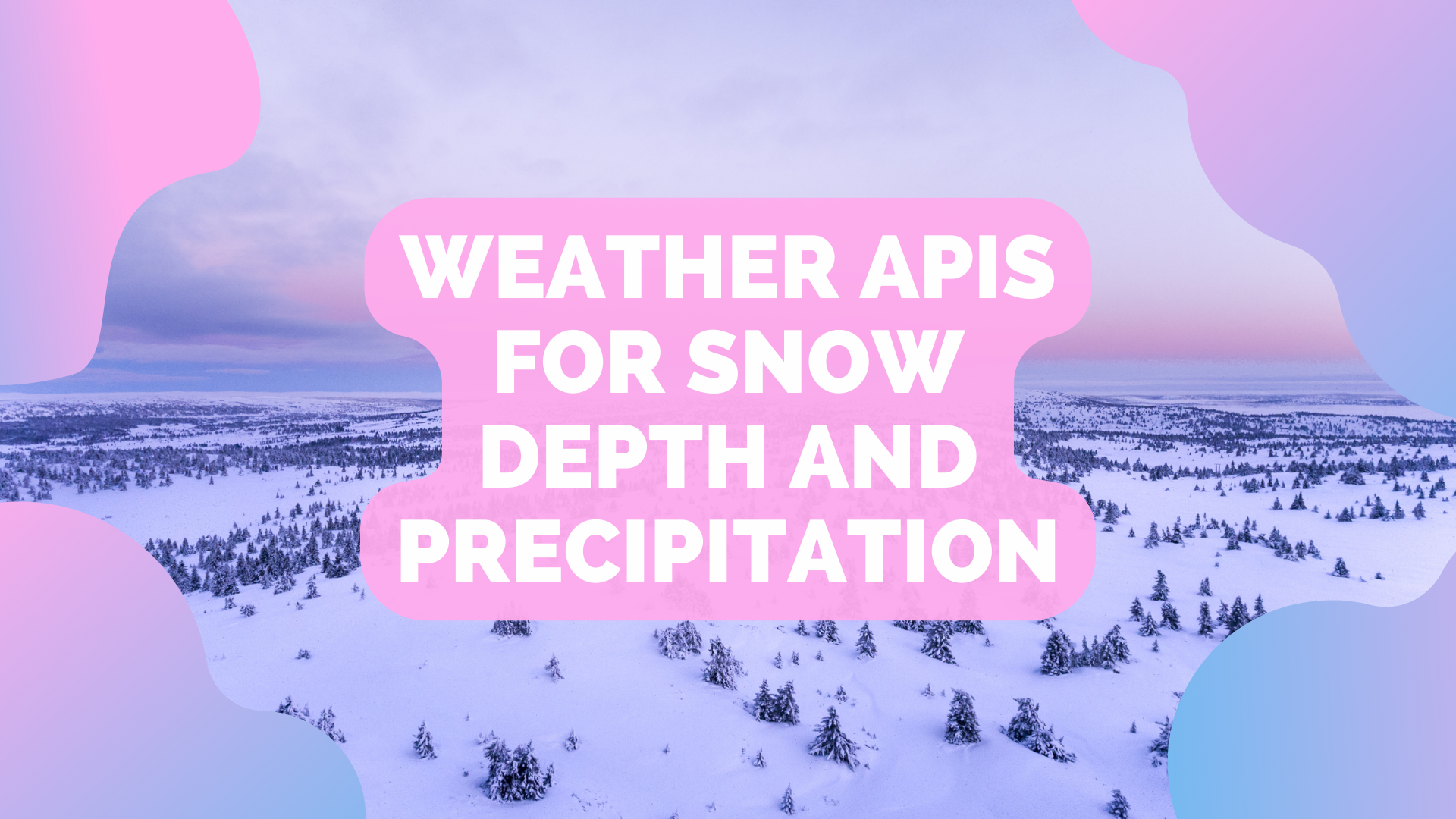Are you looking for What Weather API Has Data About Precipitation And Snow Depth? In this post, we’ll tell you everything you need.
Now that the end of summer is near (at least in the northern hemisphere) and the colder months are approaching, there is a shift in the relevancy of certain weather data over others; more specifically, we are referring to the rising precedence of precipitation and snow depth data.
Typically, when people are looking up weather data, regarding precipitation, they get a series of percentages and measurements that can be hard to comprehend for the weather uninitiated. So, to combat the awkwardness of not understanding, we’ll tell you first what those numbers mean.
What Is Precipitation?
Precipitation is the phase of the hydrological cycle that consists of the fall of water from the atmosphere towards the Earth’s surface.
Precipitation production is a consequence of condensation, that is, by the accumulation of water vapor in the atmosphere that promotes the formation of clouds.
When clouds store too much water vapor, the weight of the drops makes the water plummet towards the surface.

Types Of Precipitation
In accordance with the atmospheric temperature, the falling water during the precipitation phase can arrive at the surface in liquid or solid states.
Liquid precipitation, known as rain, vary depending on the size of the droplets and the intensity in which they fall.
They can appear, for example, in the form of drizzle, which is a type of rain made up of small drops that fall moderately.
Showers or downpours, on the other hand, are rains of strong intensity and short duration.
Solid precipitation can be in the form of hail, balls of frozen water that can have different sizes; or snow, small crystals, or flakes of frozen water.
This occurs when the temperature approaches 32 degrees Fahrenheit (zero degrees Celsius), causing the water to change its state, from liquid to solid, in the process called solidification.
Why Do You Need This Data?
Precipitation is the object of study of meteorology as it is an important factor in the observation of climate and atmospheric phenomena.
Its measurement allows establishing the periods of duration of the rains and recording the amount of water that reaches the surface.
The unit used to measure precipitation is the millimeter (mm); and one millimeter is equal to one liter per square meter of surface (l/m2).
These values express the volume of rainfall that has fallen on a given area during a given period.
And the sometimes accompanying percentages are there to predict how likely precipitation is at any given moment.
You may be wondering where you can access all of this data; that is through the use of a weather API. Next up, we’ll tell you What Weather API Has Data About Precipitation And Snow Depth?
What Weather API Has Data About Precipitation And Snow Depth?
Current Weather And Forecasted Weather API
Current Weather And Forecasted Weather API is an application programming interface that grants its users access to all the weather information they might need in just a click.

Of course, Current Weather And Forecasted Weather API displays precipitation and snow depth data. But, in addition to that, this API also shows:
- Temperatures, including minimum and maximum temperatures.
- Humidity levels.
- Wind conditions, like speed and direction.
- Cloudiness.
- And a lot more.
Additionally, you cannot only access this data for accurate real-time current information; but, you can also get forecasted data for the next 5 days.
For more about weather APIs, click here.

